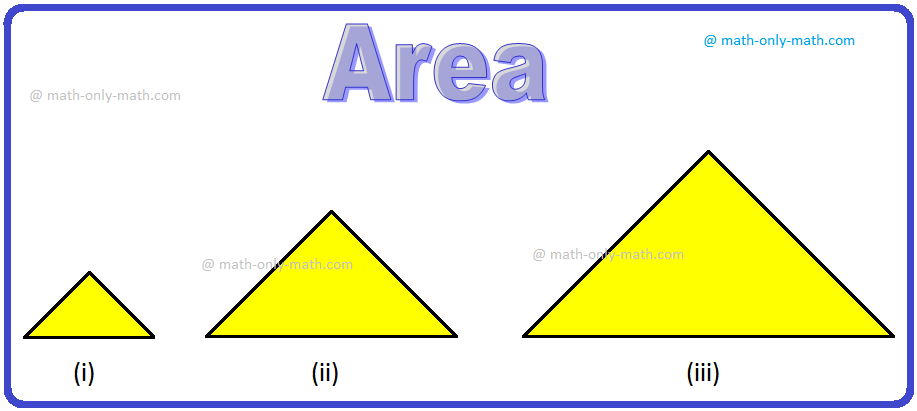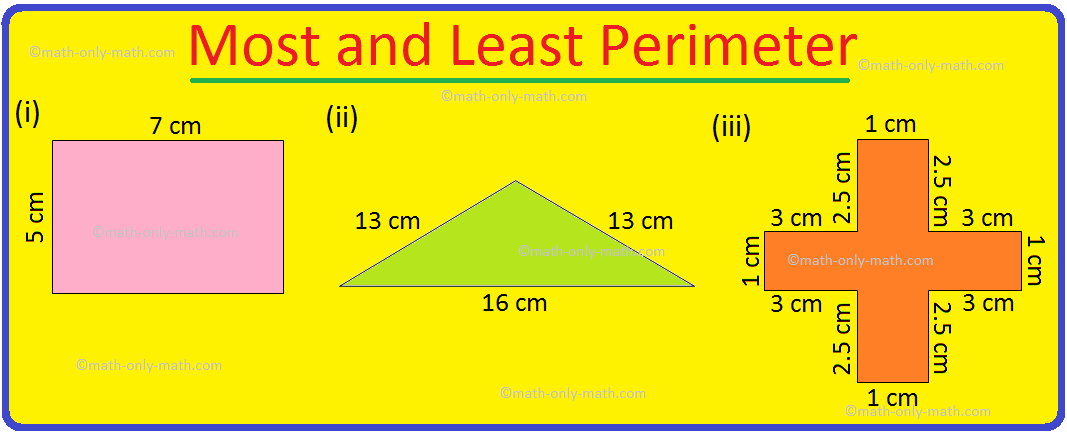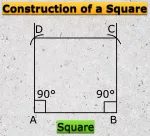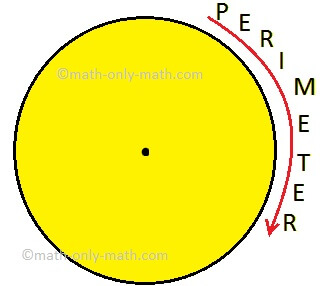Subscribe to our ▶️YouTube channel🔴 for the latest videos, updates, and tips.
Home | About Us | Contact Us | Privacy | Math Blog
Decimal Fractions with 1000 as Denominator
Thousandths place is written in decimal fractions with 1000 as denominator.
Draw a square and divide it into 1000 equal parts and shade the part accordingly as explained below.
(i) one-thousandth
If one part is shaded among the thousand parts then it is known as one-thousandth. In decimal fraction we write it as 1/1000. In decimal number we write it as .001 and we read it as point zero zero one.
(ii) two-thousandths
If two parts are shaded among the thousand parts then it is known as two-thousandths. In decimal fraction we write it as 2/1000. In decimal number we write it as .002 and we read it as point zero zero two.
(iii) three-thousandths
If three parts are shaded among the thousand parts then it is known as three-thousandths. In decimal fraction we write it as 3/1000. In decimal number we write it as .003 and we read it as point zero zero three.
(iv) ten-thousandths
If ten parts are shaded among the thousand parts then it is known as ten-thousandths. In decimal fraction we write it as 10/1000. In decimal number we write it as .010 and we read it as point zero one zero.
(v) ninety nine thousandths
If ninety nine parts are shaded among the thousand parts then it is known as ninety nine thousandths. In decimal fraction we write it as 99/1000. In decimal number we write it as .099 and we read it as point zero nine nine.
(vi) five hundred thousandths
If five hundred parts are shaded among the thousand parts then it is known as five hundred thousandths. In decimal fraction we write it as 500/1000. In decimal number we write it as .500 and we read it as point five zero zero.
(vii) nine hundred thousandths
If nine hundred parts are shaded among the thousand parts then it is known as nine hundred thousandths. In decimal fraction we write it as 900/1000. In decimal number we write it as .900 and we read it as point nine zero zero.
(viii) nine hundred ninety nine thousandths
If nine hundred ninety nine parts are shaded among the thousand parts then it is known as nine hundred ninety nine thousandths. In decimal fraction we write it as 999/1000. In decimal number we write it as .999 and we read it as point nine nine nine.
Numbers Page
6th Grade Page
From Decimal Fractions with 1000 as Denominator to HOME PAGE
Didn't find what you were looking for? Or want to know more information about Math Only Math. Use this Google Search to find what you need.
Recent Articles
-
What is Area in Maths? | Units to find Area | Conversion Table of Area
Jul 17, 25 01:06 AM
The amount of surface that a plane figure covers is called its area. It’s unit is square centimeters or square meters etc. A rectangle, a square, a triangle and a circle are all examples of closed pla… -
Worksheet on Perimeter | Perimeter of Squares and Rectangle | Answers
Jul 17, 25 12:40 AM
Practice the questions given in the worksheet on perimeter. The questions are based on finding the perimeter of the triangle, perimeter of the square, perimeter of rectangle and word problems. I. Find… -
Formation of Square and Rectangle | Construction of Square & Rectangle
Jul 16, 25 11:46 PM
In formation of square and rectangle we will learn how to construct square and rectangle. Construction of a Square: We follow the method given below. Step I: We draw a line segment AB of the required… -
Perimeter of a Figure | Perimeter of a Simple Closed Figure | Examples
Jul 16, 25 02:33 AM
Perimeter of a figure is explained here. Perimeter is the total length of the boundary of a closed figure. The perimeter of a simple closed figure is the sum of the measures of line-segments which hav… -
Formation of Numbers | Smallest and Greatest Number| Number Formation
Jul 15, 25 11:46 AM
In formation of numbers we will learn the numbers having different numbers of digits. We know that: (i) Greatest number of one digit = 9,





New! Comments
Have your say about what you just read! Leave me a comment in the box below. Ask a Question or Answer a Question.